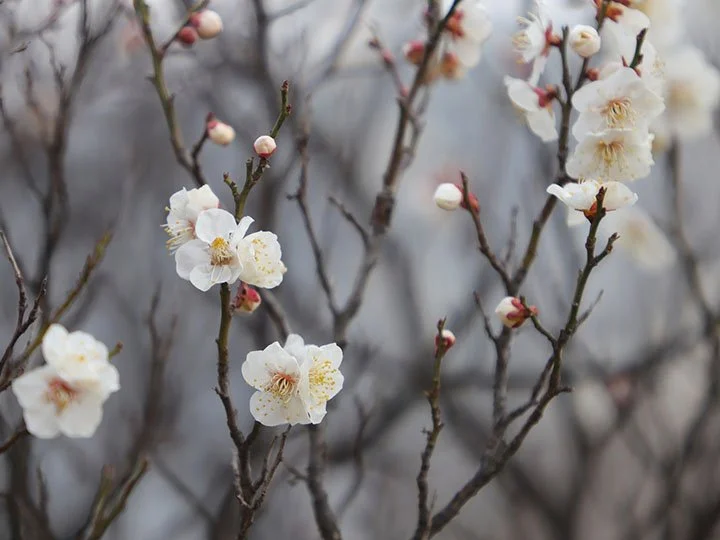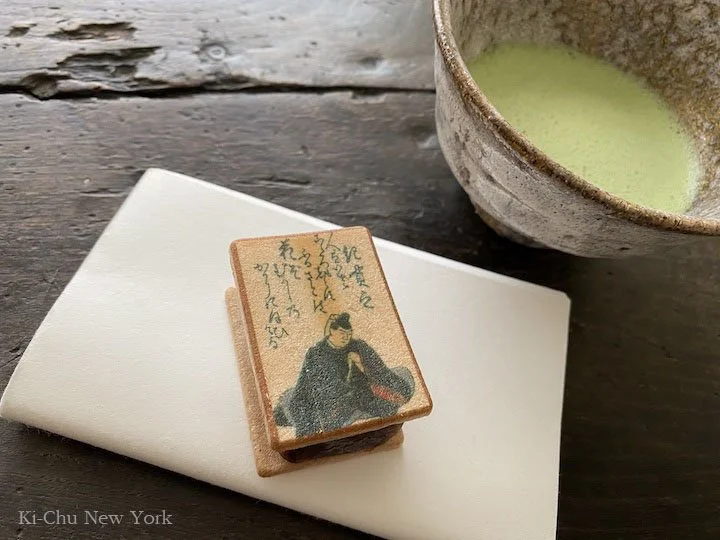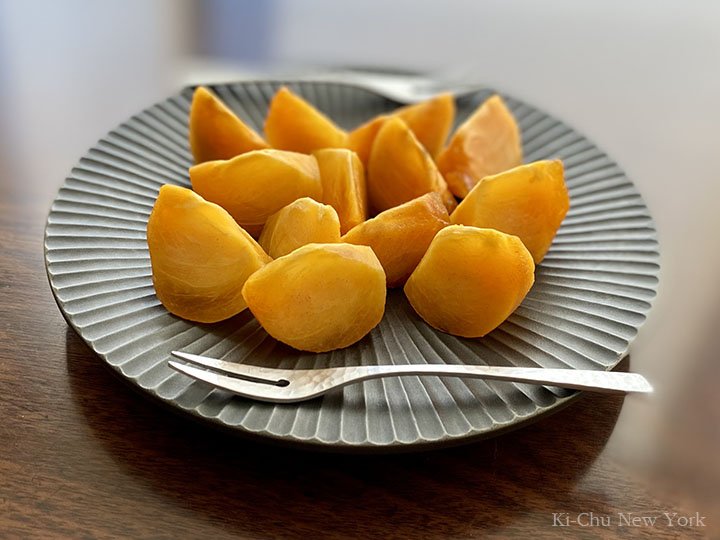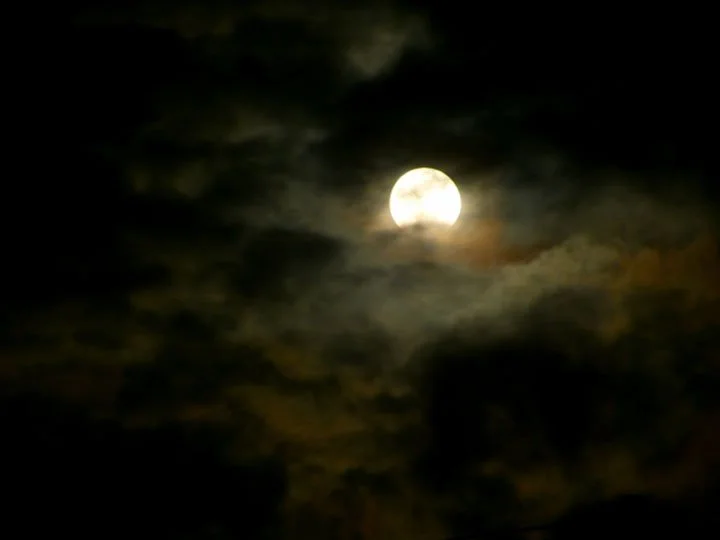While walking around the West Village the other day, I came across a stunning bluish-violet iris blooming in the public garden. The iris is one of the flowers representing May in Japan. There are three kinds of irises in Japan; however, in most cases, they are all translated as "irises" in English.
These are “Hanashōbu (花菖蒲)”, which grows in wetlands, “Kakitsubata (燕子花)”, which grows in semi-wetlands, and Ayame “あやめ”, which grows in dry lands. Among them, “Kakitsubata (燕子花)” is used as a motif in a very famous painting, and I really want to see that painting at this time of year.
The painting is a masterpiece titled “Irises Screen (燕子花図)”, depicting a splendid Kakitsubata on a pair of six-panel screens by Korin Ogata (尾形光琳, 1658 – 1716). The Irises Screen is considered a national treasure and stands as one of the symbols of Japanese painting history. The pair of screens is displayed at the Nezu Museum in Tokyo around the Golden Week holidays in May every year, but this year's exhibition has already ended.
Another wonderful thing is that you can appreciate the blooming Kakitsubata flowers in the museum's extensive Japanese-style garden along with the famous painting. The Nezu Museum houses pre-modern Japanese and East Asian art. Please check it out and enjoy Japanese art and the museum garden if you visit Japan.
There is also another pair of six-panel folding screens titled “Irises at Yatsuhashi -Eight Bridges- (八橋図屏風)” with the same theme of irises by the same artist, which is in the collection of the Metropolitan Museum of Art in New York. Eight Bridges refers to a famous irises site where the main character of the tale of Ise wrote a famous nostalgic love waka poem. The poem is explained on the MET website.
While remembering these famous paintings and the flower I found the other day, I made a Japanese sweet inspired by irises and served it to a guest. I asked him what it looked like. He said it looked like a fig! I laughed a lot because it does look like one. It is hard to imagine without knowing that irises are one of the symbols of May. I really hope that someday everyone can enjoy the beautiful iris paintings of May.

































